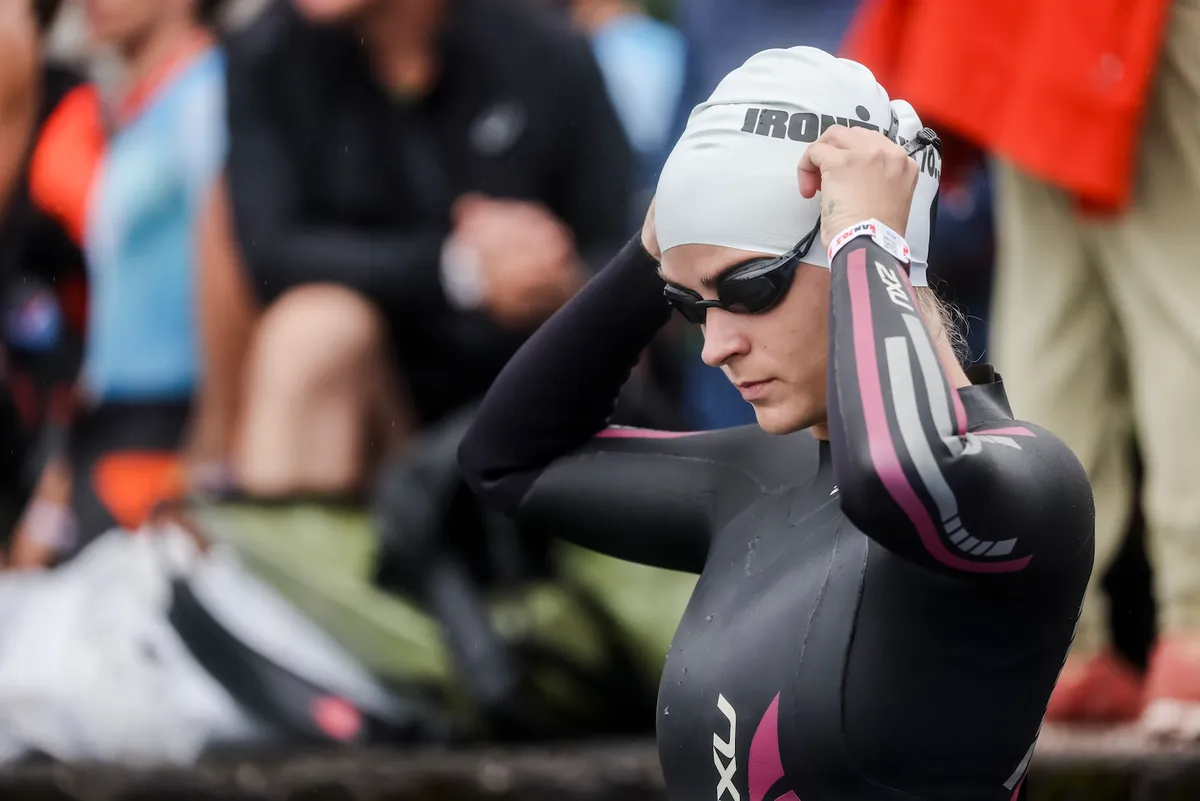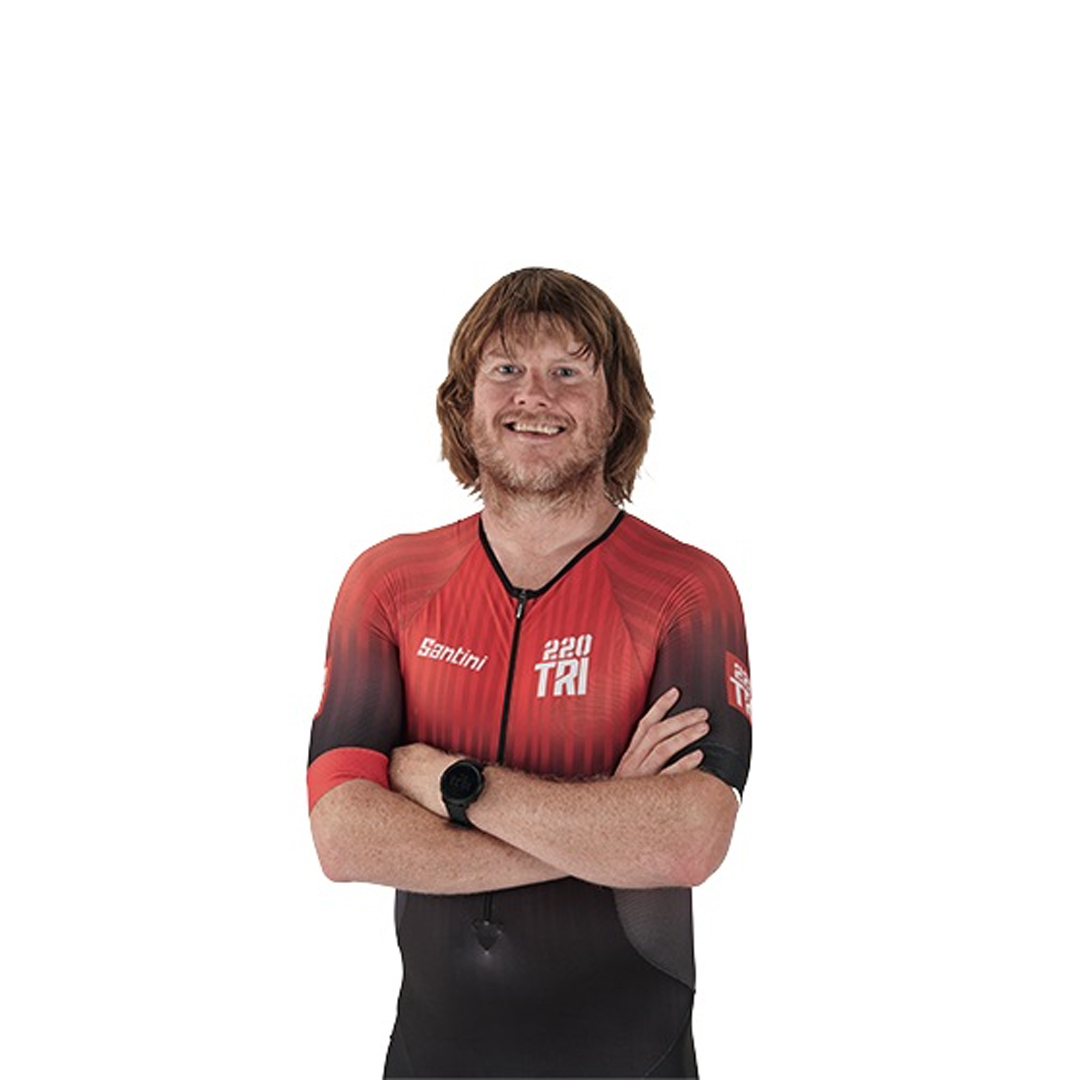Course preparation is key for any race you sign up to. But how can you train for a course profile that differs vastly from your training environment?
It's a conundrum that many triathletes face but with our handy guide it can be done.
So from sleep to route planning, weather forecasting to fuelling, the following 10 race-sharp tips will ensure that you cover every inch of your course with confidence.
[Note: Many will apply to you all, but a few are specific to Ironman Wales, which was featured in the original magazine feature.].
1. Keep the intensity
“In the seven to 14 days before your race you want to start tapering your training,” says strength and conditioning coach Carla Molinaro.
“The principle that you want to stick to is to reduce your overall volume by around 33-50% but keep the intensity in there. If you do interval sessions in a normal week, keep them in but again reduce the overall volume. This will keep you sharp.
"Also, don’t do strength and conditioning in race week.”
2. Listen to your body
“Peaking for an event is all about timing, so consistency is key,” says chiropractor Matt Burden. “I’d much rather one of my athletes have an extra day or two rest than push through pain or soreness, ignoring those early warning signs of overload and potentially risking more days if not weeks of enforced rest.
"Sudden, sharp pain that worsens with activity is likely a sign that reasonable damage to tissue has been done. Don’t train through this!
"Generalised tightness that eases with activity and doesn’t return may be okay to continue training on, but if things persist I would recommend reducing training volume or seeking advice from a sports specialist physiotherapist to look at what may be causing the repeated issues.”
3. Sleep easy, race fast

Your big race is honing in, which means two things: nerves and potential disruption of sleep.
To remedy the situation, do what Australian Institute of Sport’s acclaimed sleep expert Shona Halson did with footballers playing late at night.
They benefitted from a sleep plan that comprised of consuming cherry juice and tryptophan-containing foods that are also high in protein like turkey and pumpkin seeds; creating a dark and cool sleep environment; and avoiding all electrical stimulants in the hour prior to sleep.
4. Mark your route
“Before any race, spend some time drawing out the route,” Molinaro explains. “This helps with visualising the race and getting you in the zone. Mark on the route any points in the race that you think are significant.
"You may want to mark on hills, technical parts, places where you know you can play to your strengths and areas you might find a bit tough; mark the aid stations and when you may see your supporters.
"You can then look at this for the few days before the race to help everything sink in.”
5. Beat the wind
The wind can often be a factor on the Ironman Wales bike, especially riding to the first aid station at Angle.
Prepare for a headwind on this stretch, so monitor your effort, either by feel, heart rate or power output. On the positive, you should have a nice strong tailwind on the section from Angle into Pembroke.
6. Prepare to perform

“Preparation is essential for any event, but especially for Ironman and even more so for Ironman Wales,” says Burden
“Know the course and prepare for what you’ll face. The swim is a sea swim, so don’t do all your training at your local indoor pool. The bike and run won’t be easy. With plenty of climbs, be sure to incorporate hill training and lower limb, strengthening into your training programme.”
7. Know your currents
This one’s purely for the Ironman Wales crew… The swim from Tenby’s famous North Beach will be a memorable affair, but the swim to that first buoy is traditionally slow due to the currents. Do not panic.
Focus on your processes (stroke rate, sighting…) and the rest will sort itself out. And rest assured that once you head for buoy number two, you’ll feel like a shark.
8. Fuel for speed
“Carboloading’s important to make sure that your glycogen stores are topped up come race day,” says Molinaro. “You don’t need to follow the old school method of depleting your stores before topping them up, but in the two days before your race, aim to get in 10g carbs per kg of body weight.
"Have your biggest meal at lunchtime the day before your race and just a normal size meal the night before your race.”
9. Chunk the run

‘Great oaks from little acorns grow’ goes the saying. Seen through a racing lens, that means chunking; in other words, break your race down into smaller parts to reach your big end goal.
It’s a common psychological trick and is proven time and time again. So instead of seeing around 40km of the run to go, you might see 10 x 4km.
Give yourself a metaphorical slap on the back when you’ve ticked one off. It’s also been shown that counting up and then counting down is even more beneficial, so 1 x 4km, 2 x 4km… until you reach 5 x 4km, then start counting down again till the finish.
10. Transition like a pro
Ensure you rehearse transitions before your event. Rack your bike and lay out your kit as it’ll be on race day. If open water, like Ironman Wales, practise removing your wetsuit. Start as you exit the water as it’s easier while your skin is wet.
Put your goggles in your hat as you run. Have your race belt ready on top of your shoes. When bending down to put shoes on, stay down until both are ticked off. Put race belt on as you stand up.
Have your helmet prepared with sunglasses and gloves. Sorted!
Top image credit: Nigel Roddis/Getty Images for Ironman
